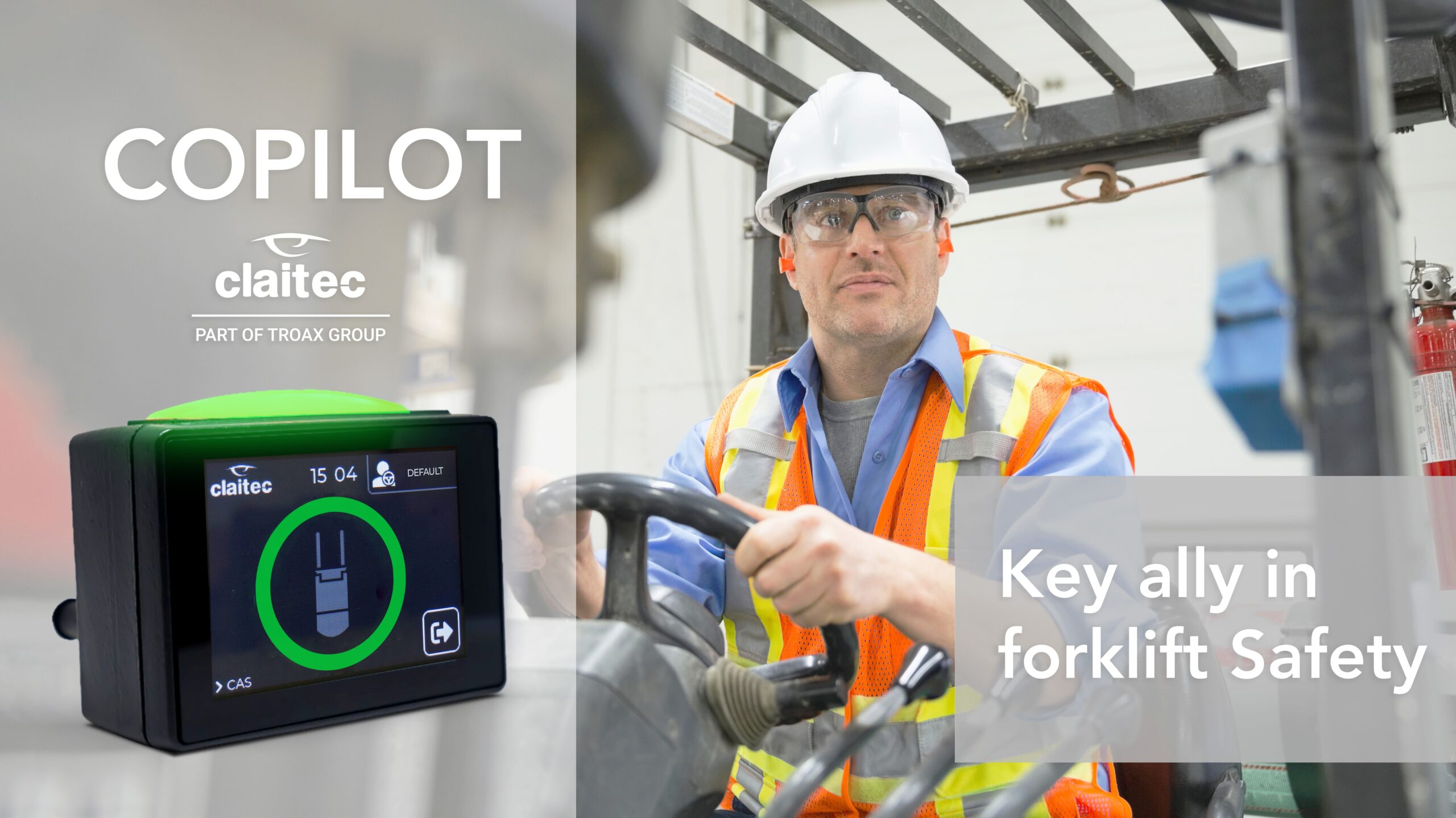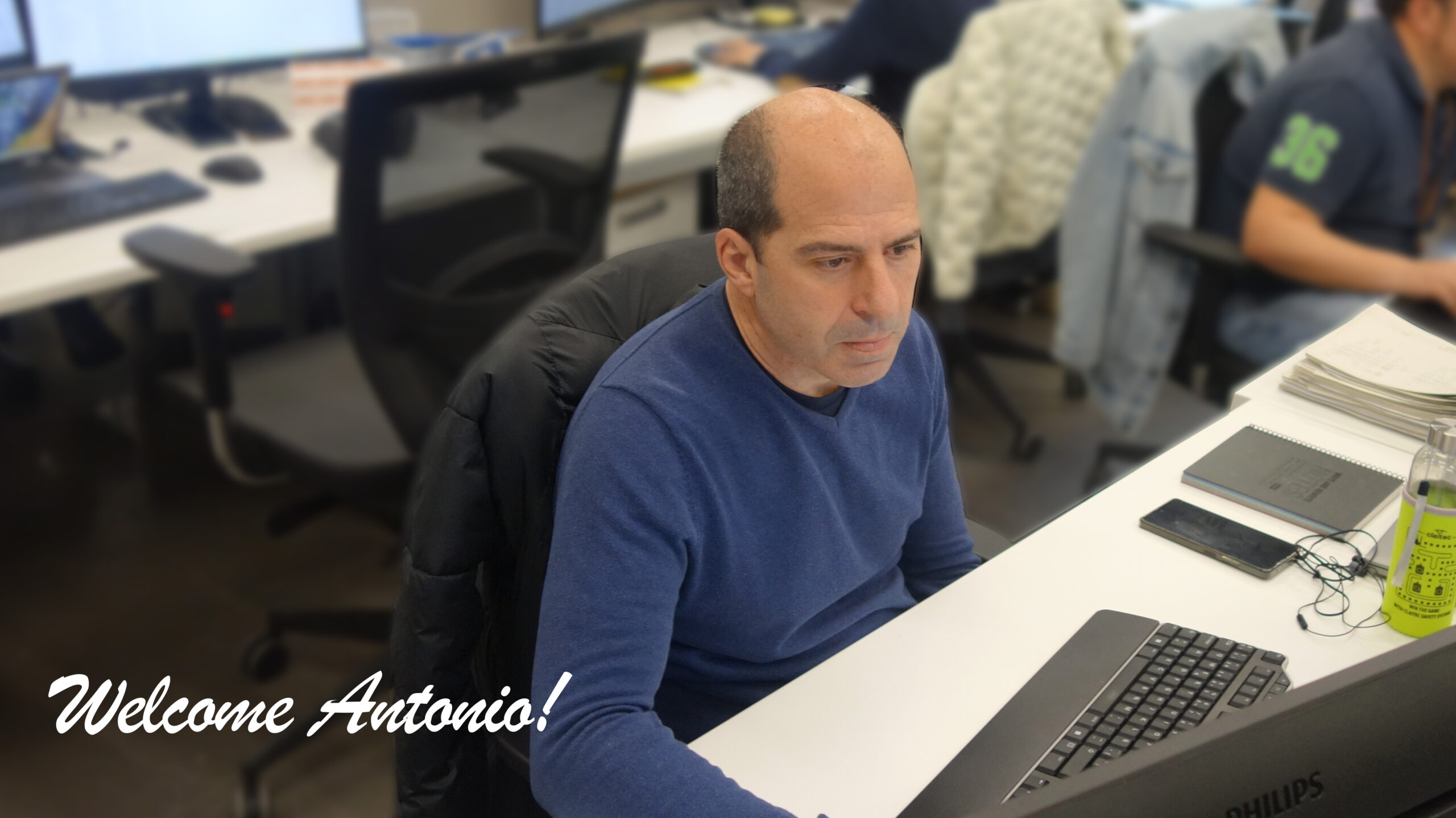
Investing in safety systems is a key decision for any company. However, it is essential to ensure that these solutions are implemented correctly so that they fulfil their function.
At Claitec, we have extensive experience in the sector, addressing each project in a personalized manner. We have in-depth knowledge of the risks associated with poor implementation, which is why we analyse each environment and adapt our solutions to the specific needs of each client. Today, we want to share five of the most common errors when investing in safety systems without the support of an expert team. Avoiding them is essential to guarantee the optimal functioning of these systems and the protection of people.
1.- Implementing without analyzing the environment
Error: Not analysing the environment and workflows of the area where the system is to be installed. Each situation is different, and each scenario requires an individualized study. Although the solutions are designed to fulfil a specific function, it is essential to identify which is the most suitable and if it requires any particular adjustment.
Consequences: Installing devices in ineffective locations or implementing solutions that do not solve the real problem can lead to a deficient and poorly functional system.
How to prevent it? Before installing any solution—such as our PAS (Pedestrian Alert System) for pedestrian detection, or the LSA (Low Speed Area) solution, which allows controlling the speed of forklifts—it is essential to carry out a detailed analysis of the environment and work methodologies. At Claitec, we have a specialized team in identifying risk points and proposing solutions tailored to the real needs of each project, thus ensuring effective implementation.
2.- Lack of staff training
Error: Not forming the team adequately. Just as important as installing a good safety system is training the team that will use it, so that they know how it works and how to act correctly in the event of any alert.
Consequences: Staff may ignore alerts, deactivate devices due to lack of knowledge, or fail to perform proper maintenance, such as checking that batteries are charged. These situations can create risks that the safety system should prevent.
How to prevent it? Train the teams that will interact with the implemented safety systems, providing them with the information and resources necessary for their correct use.
3.- Relying exclusively on technology
Error: Believing that the implementation of a technological safety system completely solves the problem is a common mistake. Our solutions are highly effective, but they depend on good practices and user attention to function correctly.
Consequences: Overconfidence can lead to a decrease in attention and neglect of the procedures necessary to ensure prevention and the correct functioning of safety systems.
How to prevent it? Technology should be understood as a complement to the human factor, not as a substitute. For systems to be truly effective, it is essential to establish clear training protocols and ensure the team’s commitment to their correct use.
4.- Ignoring system maintenance and monitoring
Error: As we have already mentioned, the maintenance of systems and the constant monitoring of their correct functioning are essential. It is common that, once a safety system is installed, its review is neglected for months or even years, which can compromise its effectiveness. Consequences: The system may stop operating properly, which would cause the risk area to be exposed again.
Consequences: The system may stop operating properly, which would cause the risk area to be exposed again.
How to prevent it? A regular maintenance plan should be established, with periodic and scheduled reviews. In case of doubt or need, at Claitec we offer personalized advice and monitoring to ensure that our systems always remain operational and correctly fulfill their functions.
5.- No aligning safety systems with the team’s workflow
Error: It is a mistake to treat safety systems as an isolated element, without integrating them into the usual workflow and processes of the area where they are placed.
Consequences: The main consequence is the loss of effectiveness of the devices, as they do not accurately address the real problem of the environment, but only a part of it. Furthermore, the lack of integration between safety systems that could complement each other leads to an unnecessary duplication of efforts and resources to achieve the same goal.
How to prevent it? The key is to opt for a system of devices that integrate both with the environment and with each other. A scalable system, capable of evolving at the same pace as the needs of the plant, and which, whenever possible, is connected to an intelligent management platform.
A good example of this is Safeyu, developed by Claitec, which allows real-time monitoring of all devices implemented in an installation, optimizing their performance and facilitating decision-making.
In conclusion, effective safety does not depend solely on the systems that are installed, but on how they are implemented, how they are managed, and how their correct functioning is supervised. To achieve this, it is essential to have the collaboration of all users who interact with these devices, as well as the analysis and advice of an expert and experienced team in the area. Avoiding these common errors can make the difference between a safe and a vulnerable environment.
At Claitec, we accompany you throughout the entire process: from the initial analysis to installation, training, and maintenance. Our goal is to help you create safer, more efficient, and sustainable environments.
Do you have doubts about the implementation of a safety system in your plant?
Contact one of our experts, we will be happy to assist and advise you.











